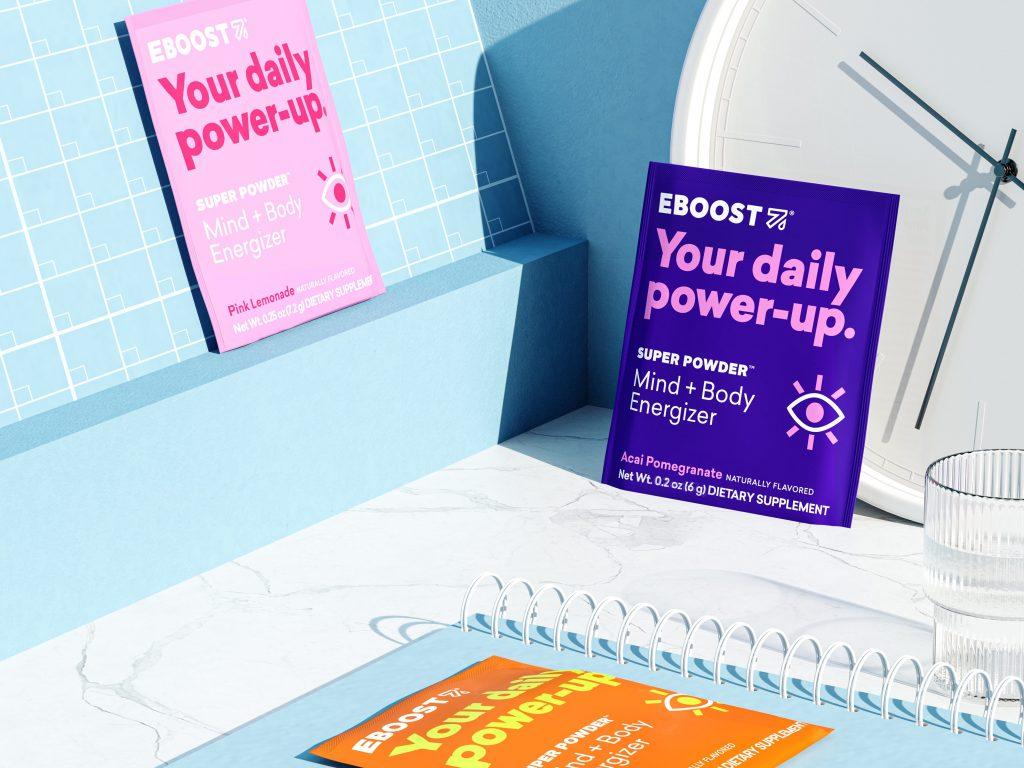This summer, I celebrated my 27th birthday, and I made the same wish I’ve made for the past 12 years: Dear God, please give me a full head of hair.
By full, I don’t mean Blake-Lively volume. I mean, quite literally, full…as in, nothing missing.
I have androgenetic alopecia—a term for testosterone-induced hair loss, which is quite common for men, who naturally have more testosterone floating around in their bodies. Among women, it’s slightly less common—affecting around 30 million U.S. women (versus 50 million men), according to the National Institutes of Health—and perhaps even lesser known.
That’s because women don’t talk about it. We are supposed to have healthy, luscious hair—an evolutionary sign of ideal baby-making potential, and of course, a societal symbol of feminine beauty. It’s embarrassing, shameful even, to admit when we are cheated out of something that we’re expected, no—pressured—to have.
But if that 30 million number tells us anything, it’s that hair loss is actually pretty normal for women; at some point in their lifetimes, 40 percent of women will notice their locks thinning, per the American Academy of Dermatology. In fact, there are several types of hair loss—postpartum, postmenopausal, androgenetic, just to name a few. That last one, which is passed down from someone in your family, is the worst. Unlike the others, it’s permanent. It can’t ever be reversed—and takes serious intervention to even attempt to slow. Like I said, that’s the one I have—that and the hormonal kind, courtesy of polycystic ovarian syndrome (PCOS, a hormonal imbalance resulting in excess testosterone).
It took some time to figure this out. My own thinning started with a dime-sized area in the middle of my scalp when I was 15. I’ll never forget when I noticed it. “Hey, you have a bald spot,” my friend Jared said nonchalantly one day over chicken nuggets at lunch. “Um, hello, it’s called a part?” I retorted, dumbfounded by his ignorance. But when I ran into the bathroom and stared in the mirror, I saw what he saw. I cried, not because I knew then that the spot would grow wider and wider, but because I knew that if a guy had noticed it, then it had to be bad.
I immediately begged my mom to take me to a dermatologist. You see, I had always maintained a love-hate relationship with my hair, despising its frizzy waves and hairline cowlicks but appreciating its undeniable thickness. It could be twisted, braided, pinned into anything; it could hold a curl or be blow-dried into a sleek style. If I let it air-dry, it looked like “Carrie Bradshaw-meets-Splash,” according to one random saleswoman at PacSun. I even won a freshman-year superlative for Best Hair. (The irony isn’t lost on me.)
I thought the doctor, and the one after that, would fix everything in no time. But they both said the same…





